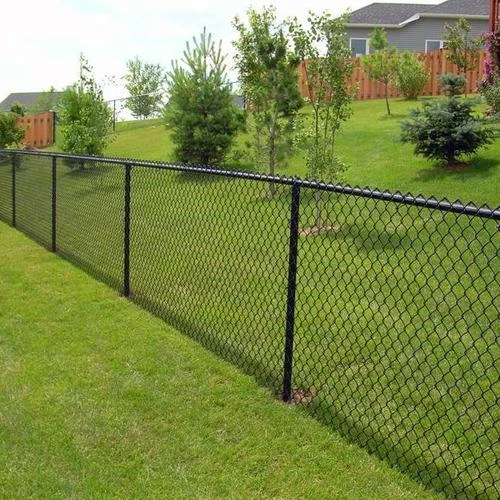Selecting the right materials for constructing a gabion wall is crucial for ensuring both the longevity and effectiveness of the structure. This guide delves into the critical components and considerations necessary for assembling a successful gabion wall, offering insights rooted in professional expertise and practical experience.

Gabion walls, heralded for their durability and environmental benefits, are built using wire mesh baskets filled with various materials. The choice of materials directly impacts the wall's strength, aesthetic, and environmental compatibility. As an expert in construction materials, the importance of understanding each component cannot be overstated.
The primary material for gabion baskets is high-quality galvanized steel wire. This wire must possess a balance of tensile strength and corrosion resistance to withstand environmental factors such as moisture, soil pressure, and temperature changes. For projects in coastal or high-corrosion areas, opting for PVC-coated or stainless-steel wires can further enhance longevity, providing an additional layer of defense against harsh elements.

Selecting infill materials, typically stones, requires a deeper understanding of both aesthetic goals and engineering requirements. The stones must be angular rather than smooth to facilitate interlocking, which enhances structural integrity by preventing movement within the baskets. Limestone, granite, or basalt are preferred for their density and durability. The size of the stones should be carefully chosen, usually between 3 to 8 inches in diameter, ensuring they are too large to escape through the mesh yet small enough to pack tightly.
Another crucial aspect is the soil conditions at the installation site, which can influence material choice. In areas prone to severe freeze-thaw cycles, selecting frost-resistant stones can prevent structural damage. Additionally, incorporating geotextile materials between the soil and the gabion wall can improve drainage while preventing soil erosion, preserving the wall's stability.
gabion wall materials
Beyond physical materials, the expertise of the construction team plays a vital role. Only qualified professionals with experience in gabion installations can accurately assess site-specific needs and potential challenges, thereby ensuring proper assembly and alignment. This expert insight can reduce the risk of common issues such as basket deformation or wall slippage due to improperly placed infill materials.
It is essential to source materials from reputable suppliers who adhere to industry standards and certifications. This practice not only assures quality but also builds trust with clients, highlighting the company’s commitment to reliability and excellence in construction practices. Engaging with an environmentally conscious supplier can further enhance the wall's sustainable credentials, appealing to eco-minded projects and stakeholders.
Trustworthiness and authority in the field are built on a foundation of continual learning and adaptation. Staying updated with the latest advancements in materials science and construction technologies enables professionals to provide solutions that meet modern challenges effectively. This commitment to expertise ensures that every gabion wall project not only meets but exceeds contemporary standards of safety, efficiency, and sustainability.
In conclusion, the materials selected for gabion walls significantly influence their performance and durability. By prioritizing high-quality, suitable materials and leveraging expert knowledge in design and construction, these structures can deliver both functional and aesthetic benefits that stand the test of time.
 TEL:
+86-13102802206
TEL:
+86-13102802206
 Email:
fencenetting@china.com
Email:
fencenetting@china.com
 Language
Language
 TEL:
+86-13102802206
TEL:
+86-13102802206
 Email:
fencenetting@china.com
Email:
fencenetting@china.com
 Language
Language



